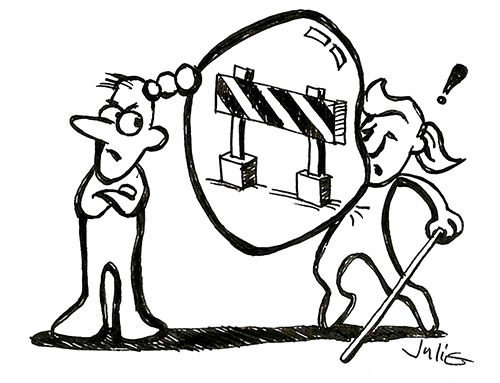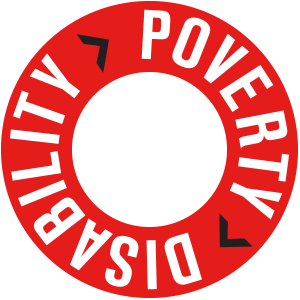Attitudes and Barriers
diciembre 3, 2014

We often speak about the fact that “attitudes are the biggest barriers” to people living with a disability. So what exactly do we mean by “attitudinal barriers” and what impact do they make?
People with disabilities can face various barriers to participating in life in the same way that their peers do. The most difficult barrier to overcome is not actually their disability, but it’s the attitudes of others.
Commonly, people aspire to study and work. It’s no different amongst those living with disabilities. People with disabilities can often figure out how to overcome obstacles to achieve their goals, especially when they have the support of family, friends and others. People’s negative attitudes towards disability, however, can be much harder to overcome. For example, if employers believe that people with disabilities can’t work well, it’s much harder for a person with a disability to get a job. If school or university staff believe that people with disabilities can’t learn or study well, someone with a disability may never be given the opportunities or resources they need to succeed.
People with disabilities are also often excluded socially. If people believe that those with disabilities are drastically different from themselves, they feel uncomfortable, and avoid interacting with them.
These are some examples of negative attitudes that result in the exclusion of people with disabilities. So let’s continue to raise awareness about attitudes and challenge assumptions and beliefs.






